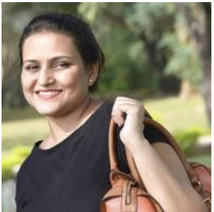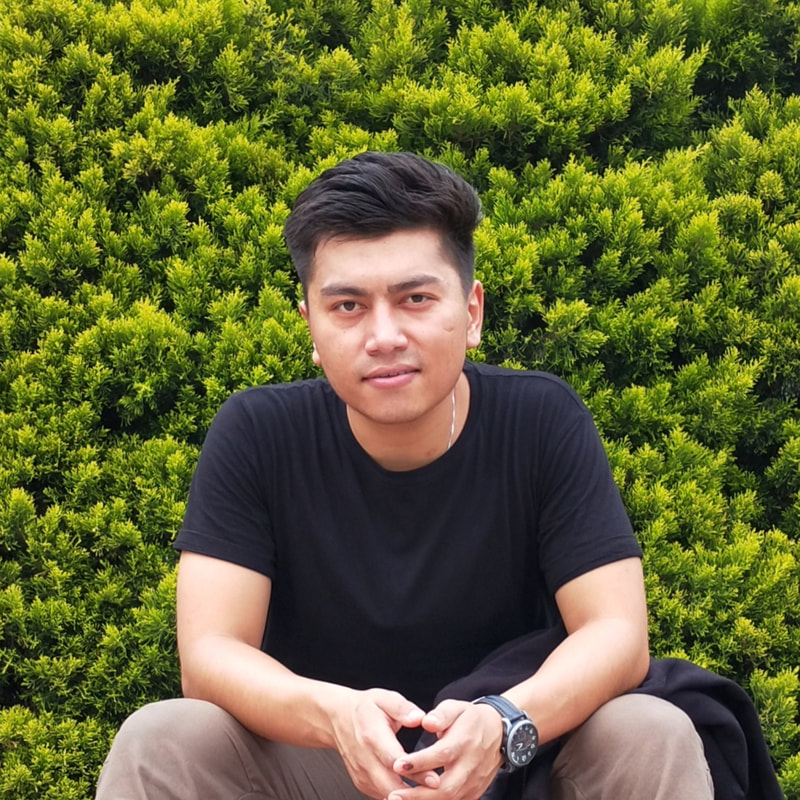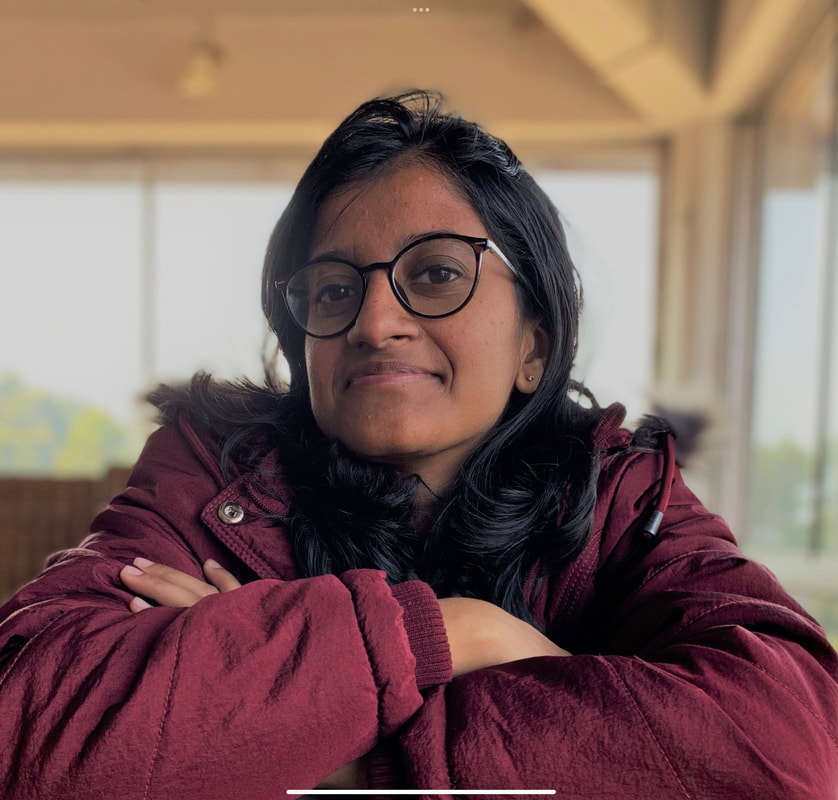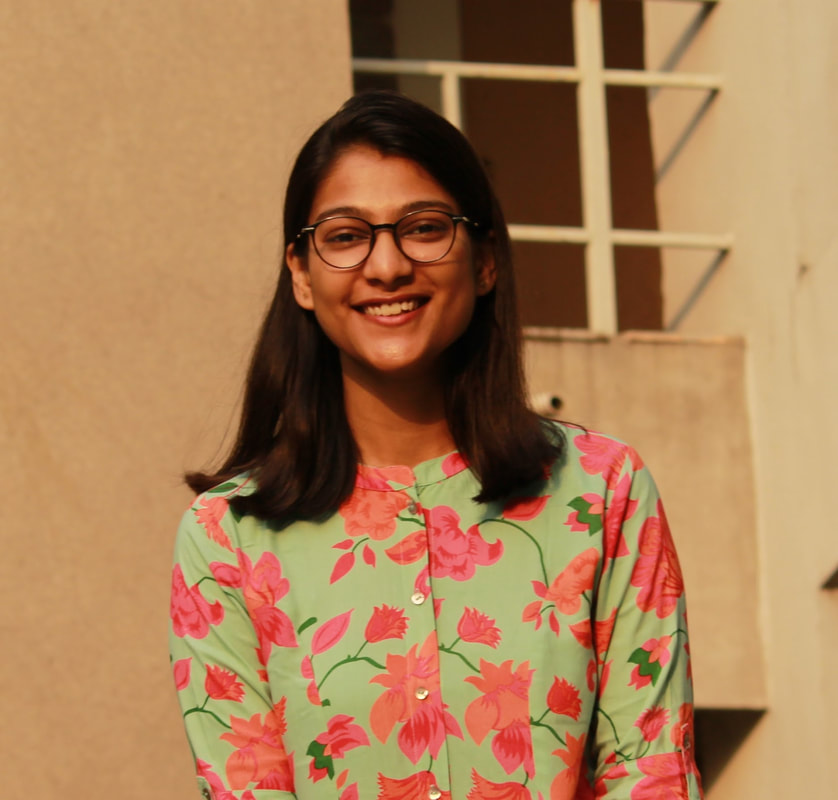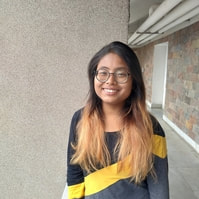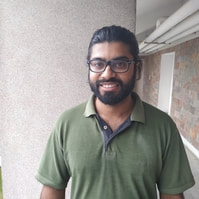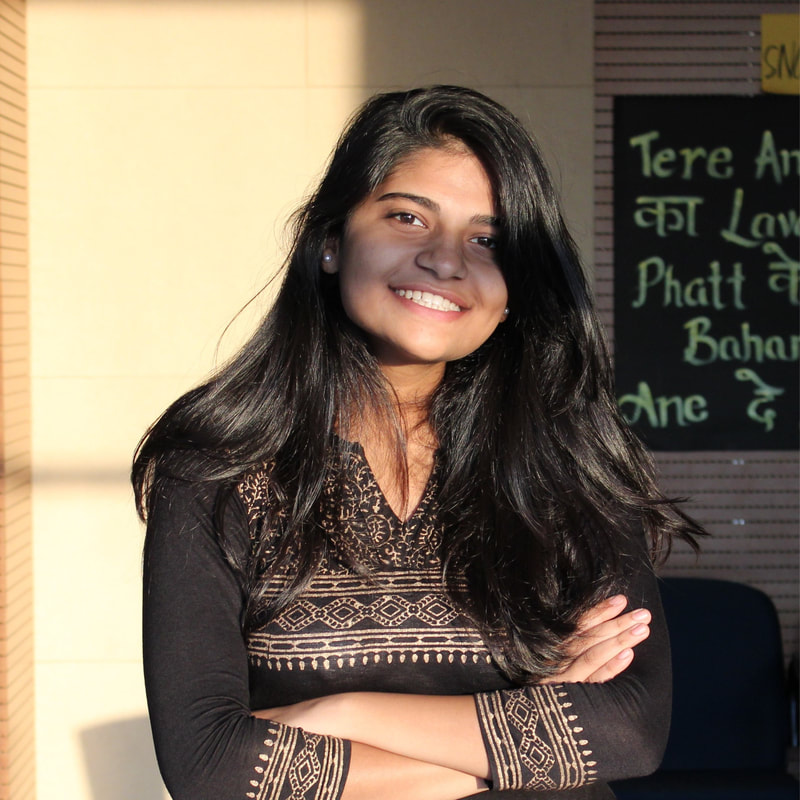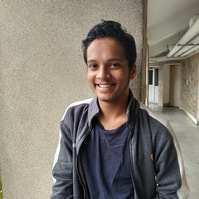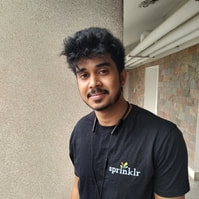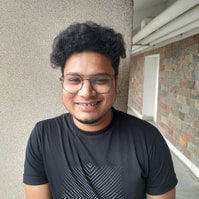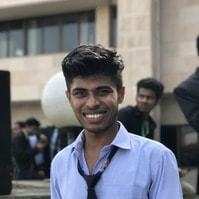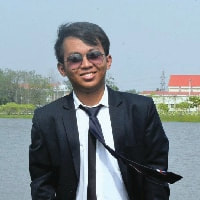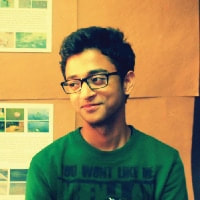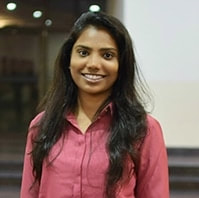Looking for PhD candidates in the broader domain of Design for Sustainability. Some of the areas of interest in this arena include:
- Industry 4.0 & Sustainability
- Artificial Intelligence for solving Design for Sustainability challenges
- Industry 4.0 applied to Sustainable Distributed Economy
- Circular Economy
- Sustainable Product Service System Design
For Indian applicants, view https://www.iitg.ac.in/
For international applicants, view https://www.iitg.ac.in/aer/admissions.php
|
Design for Do-It-Yourself in Emerging Countries for the Rural and Semi-Urban Context.
Abstract: The coming of the Maker Movement brought in a new wave in human history. From mass production and passive consumerism, the production systems of the society moved to more personalized and identity creating forms. Hence, the Maker Movement and Do-It-Yourself (DIY) have been widely studied by scholars to either understand its repercussions on conventional production-consumption systems or the motivations behind it. However, not much research has been conducted on understanding what DIY is in the context of the Emerging countries, a segment which consists of more than half of the global population. Though MIT opened FabLabs around the world, the question persists whether a deeper contextual understanding of DIY in these communities is necessary to give meaning to these physical spaces. In our research, we focus on rural and semi-urban India and study the DIY motivations and behaviorism of young subjects who are in their early teens.We seek to understand how a DIY product can be developed for them such that holds it motivational meaning for the subjects and facilitates adoption of the DIY practice. We further contemplate on how the practice can be diffused in the community of young subjects. Toward this end, we seek to understand how the social network structure of the community of young teens can be tapped and dissemination material can be designed such that knowledge of the practice diffuses naturally in the network. Imparting a Maker Culture is as much about understanding what making means to a makers as it is to impart skills and provide tools. |
|
Pedagogic pathways to sustainable development of crafts and craftsperson
Abstract: There is a third wave of revival in the craft industry, which talks about consumer preferences and multi-cultural aspects of it, unlike the first and second wave, which focused on artisanship and was seen as an anti-thesis of industrialization. The third wave of revival focuses on consumerism which views the craft sector as an emerging market. Thus, design and socio-economic interventions in various aspects of the craft sector have been recognized as key craft revival techniques. For example, new craft industries and markets are emerging because consumer buying habits are shifting towards sustainable and handmade products which increases the value of ownership of hand-crafted products. Crafts' material and tactile qualities are valued in the modern market and create its unique appeal. Traditional crafts can have its application in a wide spectrum of artifacts ranging from fashion accessories to home décor. Consequently, it has a huge potential for growth. Various studies suggest that the craft industry may contribute to redefining and shaping a new economic model. However, the craftsperson feels insecure making crafts for this emerging market due to several reasons, major being a lack of global and local market information and the design and marketing capability to adapt to the emerging landscape. According to India Brand Equity Foundation, in 2020, India exported crafts worth US$ 3.53 billion. As per Ministry of Textiles, Government of India, annual report 2019–2020, in India, 35.23 lakh artisans work in handloom and 68.86 lakh artisans work with handicrafts. Nearly 15% of cloth production in India is from the handloom sector; and in the production of handwoven fabric, India constitutes 95% of global production. India Handloom Census 2010 found that 35% of handloom households did not want their children to continue with the occupation of craft. According to the United Nations, over the past three decades, the number of Indian artisans has decreased by 30%. Even today, on average 10–15% of craftspeople leave crafts as an occupation annually. Data shows that there is a huge demand for hand-crafted products in the international and national market. India also has a rich heritage of crafts. Craft sector is the second largest economic contributor to the Indian rural economy after farming. It also helps in creating alternate source of livelihood during the agricultural off-season. However, rather than exploiting this scenario to its best potential while enjoying the self-reliance of being self-employed, craft persons are tending to leave their occupation and pursue other non-skilled occupations such as construction jobs, security guards, and so on. They also do not want their next generation to continue with the traditional occupation. Thus, the key research questions of my thesis are:
|
